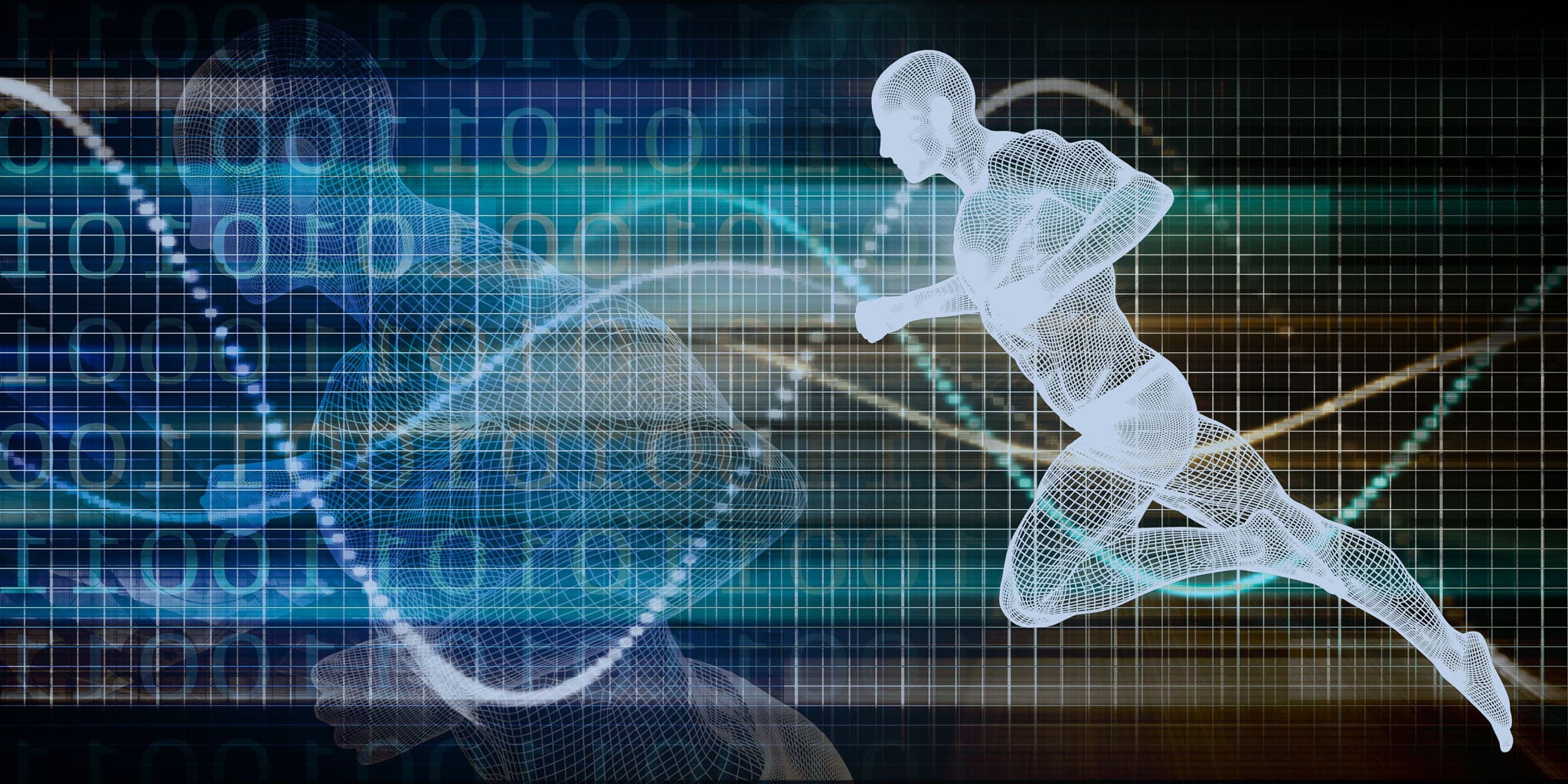Medical monitoring & Sports performance monitoring
The Future of Wearable Sensors: Revolutionizing Sports Performance, Medical Care, and Wearable Electronics
Wearable sensor technology has become a cornerstone of innovation, blending seamlessly into everyday life to offer real-time data and insights. From enhancing athletic performance to improving patient care, sensors for wearables are transforming how we understand and interact with our bodies and environment.

Sensors for Sports Performance: Precision in Motion
For athletes and sports enthusiasts, wearable sensors are unlocking new levels of insight into performance optimization. These sensors can track physical activity, monitor body movements, and measure vital signs, all while providing real-time data for immediate analysis and feedback.
Key Technologies in Sports Wearables:
-
Motion and Inertial Sensors:
- Accelerometers and gyroscopes track movements, speed, and direction, providing data on running gait, jump height, or swing efficiency in sports like basketball, tennis, and golf.
- Inertial measurement units (IMUs) combine accelerometer and gyroscope data to offer a more comprehensive view of an athlete’s performance, allowing for deeper analysis of motion dynamics.
-
Heart Rate and Biometric Sensors:
- Optical heart rate monitors (OHRMs) track heart rate variability, enabling athletes to gauge their effort levels and adjust their training intensity in real-time.
- Electromyography (EMG) sensors measure muscle activity, allowing athletes to assess muscle fatigue, muscle coordination, and even prevent overuse injuries.
-
Respiratory and Sweat Sensors:
- Sweat sensors can detect hydration levels, electrolyte balance, and even metabolic markers like lactate, giving athletes insights into their physical state during intense training.
- Respiratory sensors track breathing patterns, enabling athletes to manage their oxygen intake and recovery more effectively.
Benefits for Athletes:
Wearable sensors provide invaluable data for optimizing training routines, improving technique, and reducing the risk of injury. With this real-time information, athletes can adapt their workouts, recover faster, and reach peak performance efficiently.
Sensors in Medical Wearables: Transforming Healthcare
In the medical field, wearable sensors have become a powerful tool for both patients and healthcare providers. By enabling continuous monitoring of vital signs and body functions, these sensors have revolutionized personalized care and early diagnosis of diseases.
Key Technologies in Medical Wearables:
-
Vital Sign Monitors:
- Heart rate, blood pressure, and body temperature sensors are integrated into wearables to track patients’ cardiovascular health, detect arrhythmias, and monitor stress or anxiety levels.
- Pulse oximeters measure blood oxygen levels, helping patients with respiratory conditions like asthma or chronic obstructive pulmonary disease (COPD).
-
Glucose and Metabolic Sensors:
- Continuous glucose monitors (CGMs) use sensors to track blood glucose levels for patients with diabetes, allowing for real-time insulin management.
- Wearable sweat sensors can analyze biomarkers in sweat, such as glucose, lactate, and cortisol levels, providing early indications of metabolic imbalances.
-
Rehabilitation and Prosthetic Sensors:
- Stretch sensors and pressure sensors embedded in prosthetics or rehabilitation wearables monitor muscle activity and joint movement, aiding in recovery after surgery or injury.
- These sensors give real-time feedback to healthcare professionals, allowing them to adjust rehabilitation exercises or improve prosthetic functionality based on patient data.
Benefits for Healthcare:
For medical professionals, wearable sensors provide continuous monitoring without the need for hospital visits, leading to better management of chronic conditions, early diagnosis, and more personalized treatment plans. Patients benefit from greater convenience, comfort, and proactive healthcare.
The Future of Wearable Sensors: Innovation on the Horizon
As sensor technology continues to evolve, the future of wearables holds immense potential. Advanced sensors will likely integrate AI and machine learning capabilities, enabling even smarter, more responsive devices. These innovations could include:
- Smart fabrics and e-textiles that can monitor health metrics through clothing.
- Implantable sensors for real-time medical monitoring inside the body.
- Self-powered sensors, eliminating the need for battery replacement or charging.
With ongoing developments, wearable sensors will continue to play a crucial role in enhancing human performance, improving medical care, and expanding the possibilities of wearable electronics.
Conclusion
Wearable sensors are reshaping industries and empowering individuals with actionable data. In sports performance, they provide athletes with the tools to optimize their training and prevent injuries. In the medical field, they allow for continuous health monitoring and personalized treatment. For consumers, wearable electronics enhance everyday experiences with real-time information about health and environment.
As sensor technology advances, the future of wearables promises even greater possibilities for precision, innovation, and connectivity in our lives.
Contact us if you wish to know more about how our technology fit in to the wearable sensor trends
Contact ElastiSense Sensor Technology
Do you have any questions? Contact us and let’s have a non-binding chat
If you do not find enough information about your desired task here on our website, you are always very welcome to contact us for a non-binding chat and possibly an offer for the task.
Call us on the phone (+45) 22 44 73 21 or send an email to contact@elastisense.com. We will respond to your inquiry as soon as possible.
